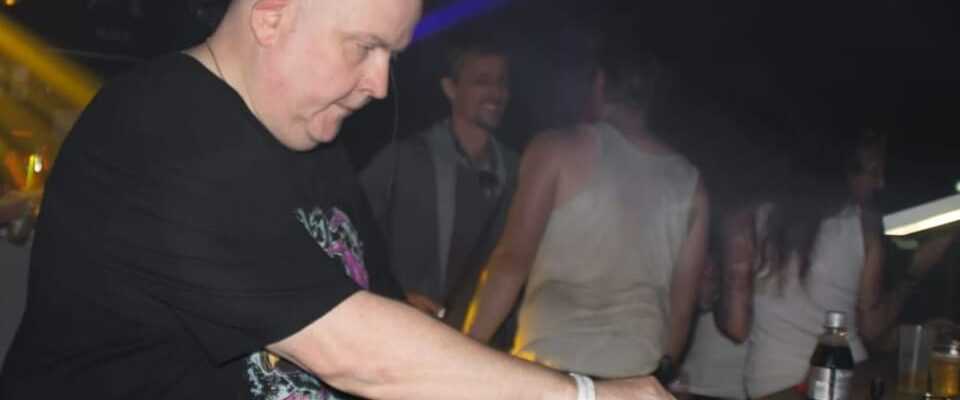contents
Frankfurt am Main now has a Techno Museum. Nostalgics get their money’s worth at MOMEM, while techno newbies are more likely to be left in the dark.
It’s not just anyone checking the tickets in front of this museum, but an internationally successful DJ. “You have to get your ticket online, we don’t even have a ticket office here!” apologizes Andreas Tomalla, who helped pave the way for techno as Talla 2XLC.
The Museum of Modern Electronic Music, MOMEM for short, is run by a small association. That’s why everyone pitches in – including Tomalla.
It was also Tomalla who got the ball rolling seven years ago. At that time he gave workshops on electronic music at schools abroad. It became clear to him how many exciting stories lie behind the emergence of techno – and how little of it can be researched.
Ode to a hotspot
So a place is needed that captures these stories, conveys them and continues them into the future, he demanded. And because Frankfurt was a hotspot of the club and techno scene in the 1980s and 1990s, it was supposed to be there.
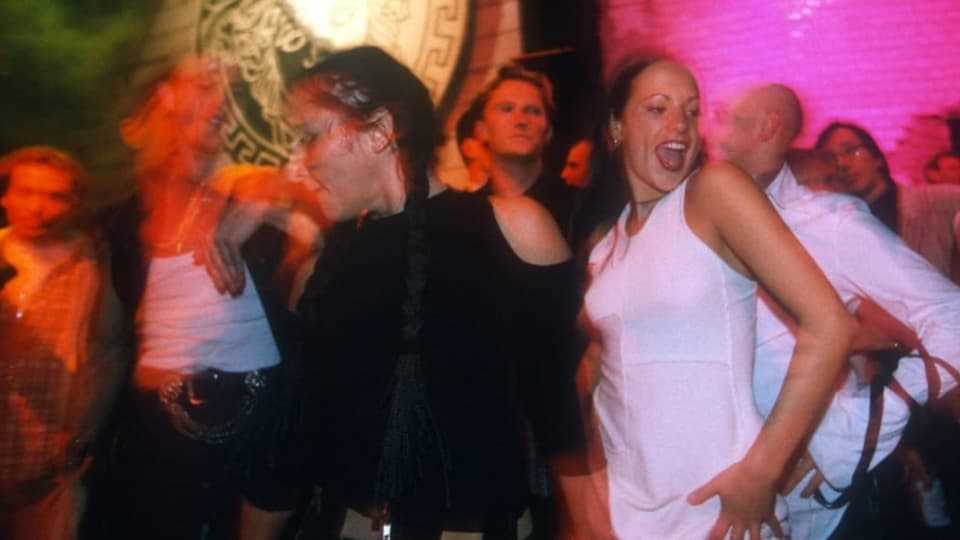
Legend:
In its heyday, techno shaped nightlife in Germany: Techno party in Berlin 1994.
IMAGO / Rolf Zöllner
Local politicians also recognized that promoting a techno museum could benefit the reputation of the financial city, which is considered to be sober. Therefore, the necessary money soon flowed. Much more is invested in the museum than in the club scene itself, criticized the local critics.
In the meantime, the MOMEM has arrived on a small mezzanine level at the Hauptwache underground station in downtown Frankfurt. Four rooms are used, all with black walls and colored LED lights in a club atmosphere.
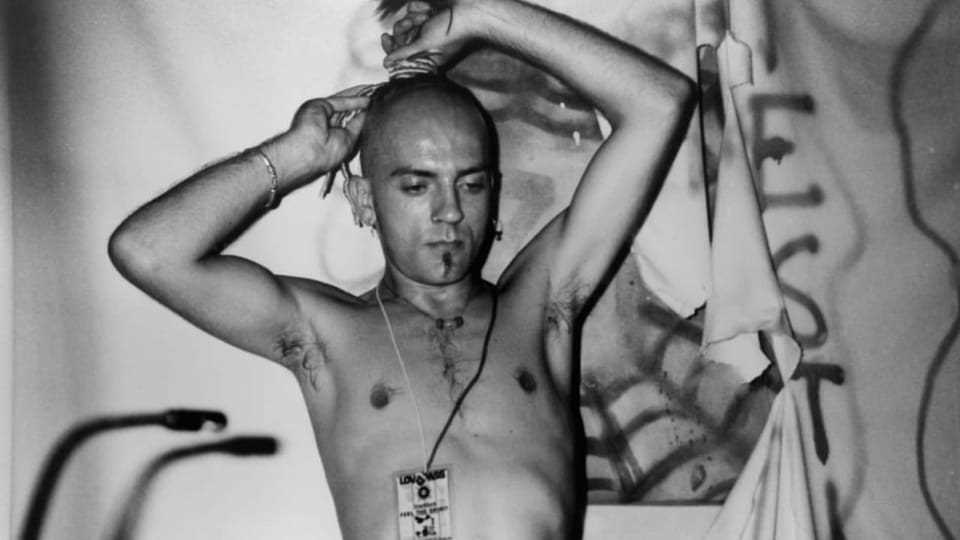
Legend:
Sven Väth was already a celebrated techno DJ in the 1990s.
IMAGO / United Archives
Changing exhibitions can be seen here. The first focuses on Germany’s most famous DJ, Sven Väth. 25,000 records from the Frankfurt native’s collection are on display in the museum. Väth’s fast, bass-heavy dance rhythms ring out from countless headphones dangling from the ceiling.
You can also watch older video interviews of the artist via VR glasses. “Dancing has to do with rebellion,” explains Väth, “and dealing with it is a reflection of society.” But instead of putting such exciting statements in a context, they remain in the exhibition without comment.
Väth’s personal photo and art collection, excerpts of which can be seen here, is also presented without comment. For example, a large-format photo of Andreas Gursky will be shown, who captured a techno party in the once legendary Frankfurt club “Cocoon” with loud and dense imagery. She must have experienced something similar when she was DJing.
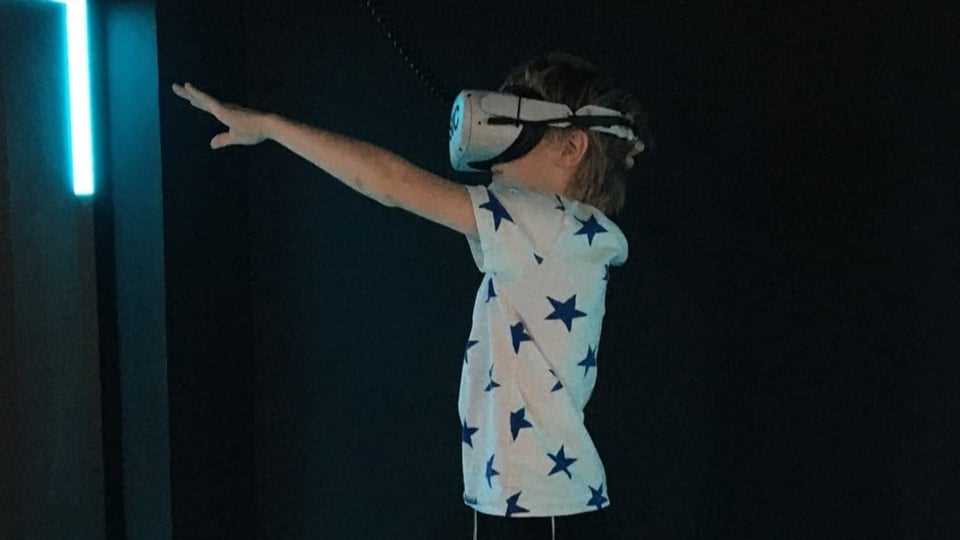
Legend:
With VR glasses you can experience Sven Väth in interviews and in action. You can switch between the sequences with your hand.
Jenny Berg
The colorful writing installation “Agony and Ecstasy” by the artist Tobias Rehberger also adorns one of the exhibition rooms. She is “a model of the club scene”, as Tomalla explains. Like Gursky and Rehberger, he is friends with Väth.
nostalgia trip
This nostalgic inside view of the museum leaves techno newbies out. If you don’t remember the aha moments you’ve experienced yourself, you’ll take inspiration with you, but little knowledge.
However, the exhibition on Sven Väth is just the beginning, says Tomalla. We still have a lot planned: soon, visitors will be able to try out DJing with Väth’s records themselves. Workshops, master classes for aspiring DJs as well as film and discussion evenings are also planned.
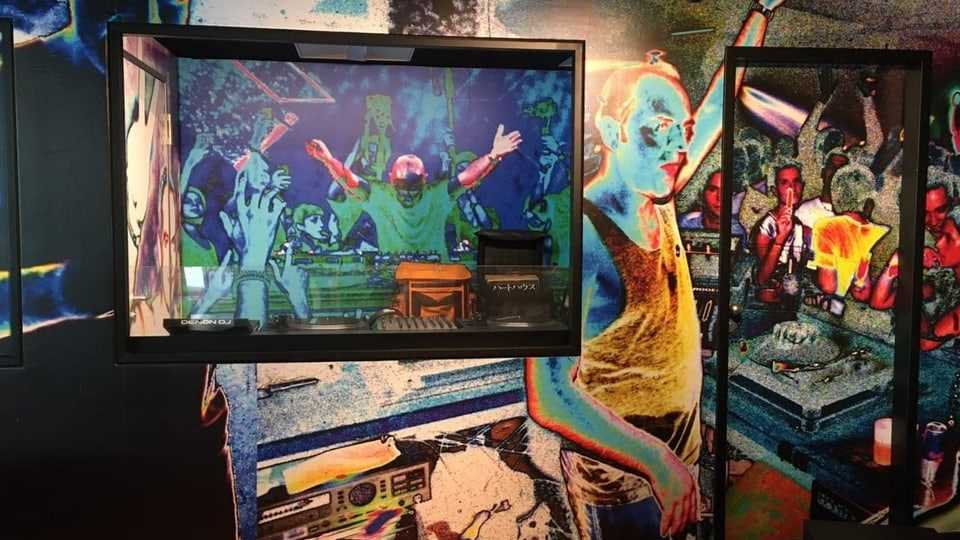
Legend:
In this cabin, visitors will soon be able to try out the turntables and spin the disc themselves.
Jenny Berg
Until then, even the bouncers in the MOMEM will provide information as contemporary witnesses: “If you’ve ever been to a club, then you know what kind of energy this music can create,” says Tomalla. It’s good to “just let go of everyday life and forget everything”.
If, as a DJ, he can get people to just dance, there will be a symbiosis throughout the club, enthuses the 59-year-old. “It’s just an amazing feeling!” It remains to be seen how much the museum will live up to this feeling in the future.
Radio SRF 3, short article, April 7, 2022, 8:10 a.m.
